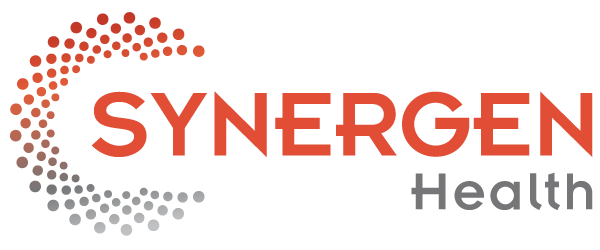Effective revenue cycle management (RCM) is crucial for healthcare providers’ financial health. Yet, many organizations need help with common issues that impede their cash flow and overall efficiency.
Identifying and addressing these problems early can save significant time, effort, and money. Here are eight signs that your revenue cycle needs help and solutions to mitigate these issues.
1. High Denial Rates
A high claim denial rate is a major red flag. In 2023, the claim denial rate reached 11.99%, significantly impacting healthcare providers’ cash flow. Common causes of denials include incorrect patient information, coding errors, and missing documentation. Addressing these issues involves thoroughly verifying patient information and coding accuracy before claim submission.
2. Delayed Payments
Long delays between service delivery and payment receipt can indicate inefficiencies in your billing and collections process. A jump in claim delays is “wreaking havoc” on providers’ revenue cycles, leading to volatile accounts receivable and diminishing cash reserves. Streamlining billing processes and improving follow-up procedures can help reduce these delays.
3. Low Patient Payment Rates
Difficulty in collecting payments from patients may stem from inadequate payment options or poor communication. Ensuring multiple payment options and clear communication about billing can improve patient payment rates. Additionally, implementing patient financial engagement tools can help manage this aspect more effectively.
4. Numerous Patient Complaints
Frequent complaints about billing transparency or accuracy suggest deeper problems in your revenue cycle management. Addressing these complaints promptly and improving the clarity of billing statements can enhance patient satisfaction and trust.
5. Low Clean Claim Rate
A low percentage of claims being accepted on the first submission indicates problems with the accuracy and completeness of your claims. The rate of initially denied claims has been steadily increasing, requiring additional resources to resolve. Investing in advanced billing software and automated tools can improve claim accuracy and reduce the number of denials.
6. Increased Days in Accounts Receivable (A/R)
If your A/R days exceed industry benchmarks (30–50 days), your practice is waiting too long to get paid, affecting cash flow. The average denial rate from commercial payers has been significantly higher than that from Medicare, adding to the aging accounts receivable issue. Implementing efficient A/R management strategies and regular follow-ups can help reduce A/R days.
7. Underperforming Key Performance Indicators (KPIs)
If your revenue cycle KPIs, such as net collection and denial management rates, are underperforming, it’s time to reassess your processes. Regularly monitoring and benchmarking these KPIs against industry standards can help identify areas for improvement.
8. Frequent Billing Errors
Regular billing mistakes, such as incorrect patient information or service codes, can lead to payment delays and revenue loss. Implementing staff training and education on the latest billing codes, compliance requirements, and best practices can reduce these errors.
Solutions to Improve Your Revenue Cycle
Client Management Team
Consider hiring healthcare billing professionals specializing in maximizing revenue cycle efficiency. They can provide the expertise needed to streamline processes and reduce errors.
Professional Revenue Cycle Assessment
Getting an objective, third-party expert evaluation of your revenue cycle processes can help identify and address inefficiencies. This assessment can uncover hidden issues and provide actionable recommendations for improvement.
Invest in Technology
Implementing advanced billing software and automated tools can significantly enhance your revenue cycle management. These technologies can streamline processes, reduce errors, and improve overall efficiency.
Compliance, Staff Training & Education
Regular training sessions for your staff on the latest billing practices and compliance requirements are essential. This ongoing education ensures that your team stays updated with industry standards and reduces the risk of errors.
Leverage Analytics and AI
Utilizing analytics and AI can help identify trends and root causes of denials. These technologies provide predictive capabilities and actionable insights that can prevent denials before they occur.
Automate Processes
Automation in the front end of the revenue cycle can prevent many common issues. Automated claim edits, eligibility checks, and documentation completeness checks can reduce the likelihood of denials and improve overall efficiency.
It’s Never Too Early or Late to Solve RCM Problems
Addressing these common RCM issues with the right resources and strategies can significantly improve your revenue cycle performance. If you’re experiencing any of these red flags, taking action now is crucial.
To ensure a smooth and efficient revenue cycle, consider investing in technology, hiring specialized professionals, and regularly training your staff. For more detailed solutions and professional assistance, let’s chat.

